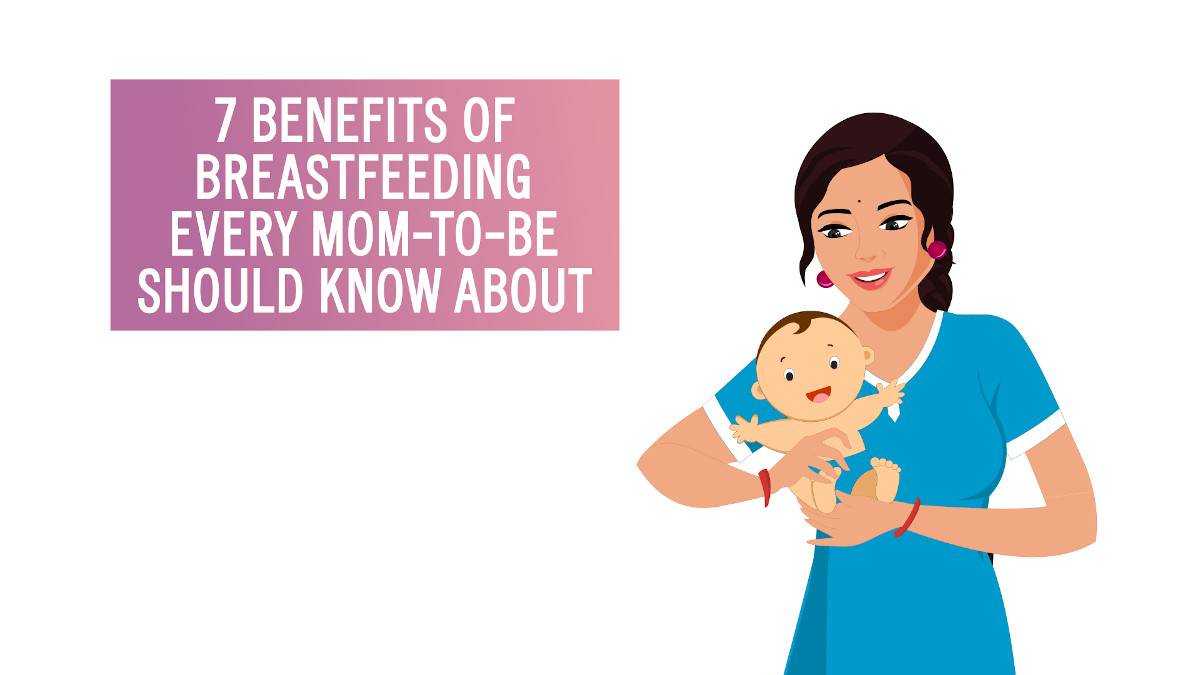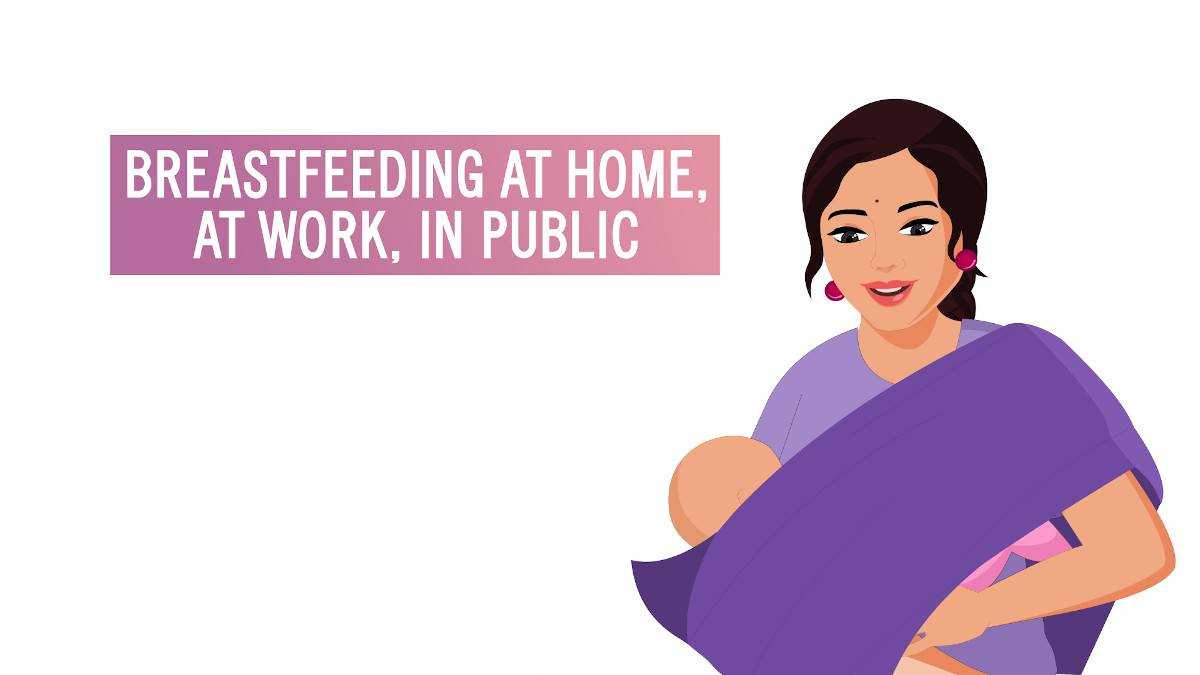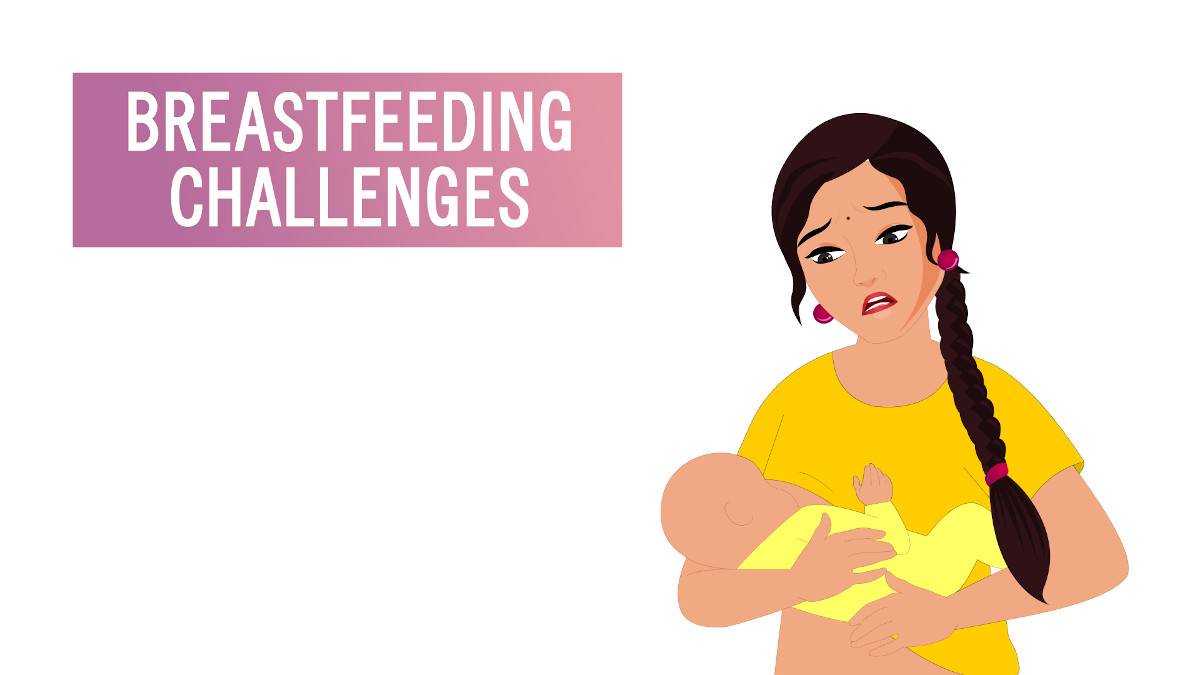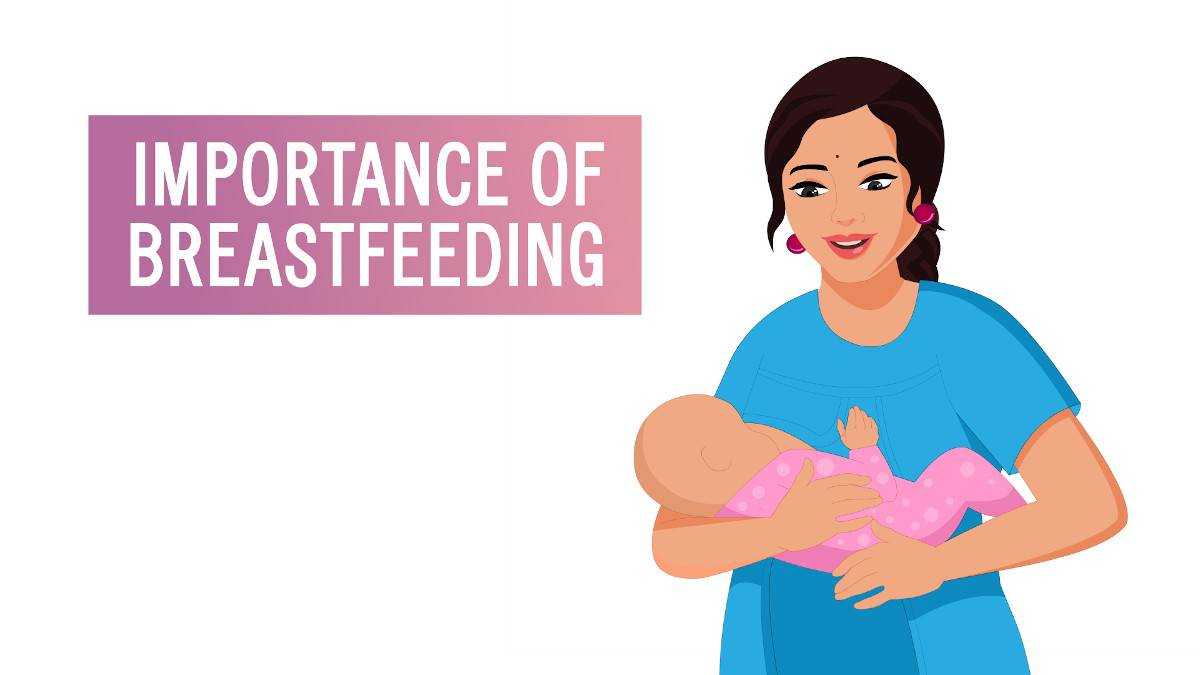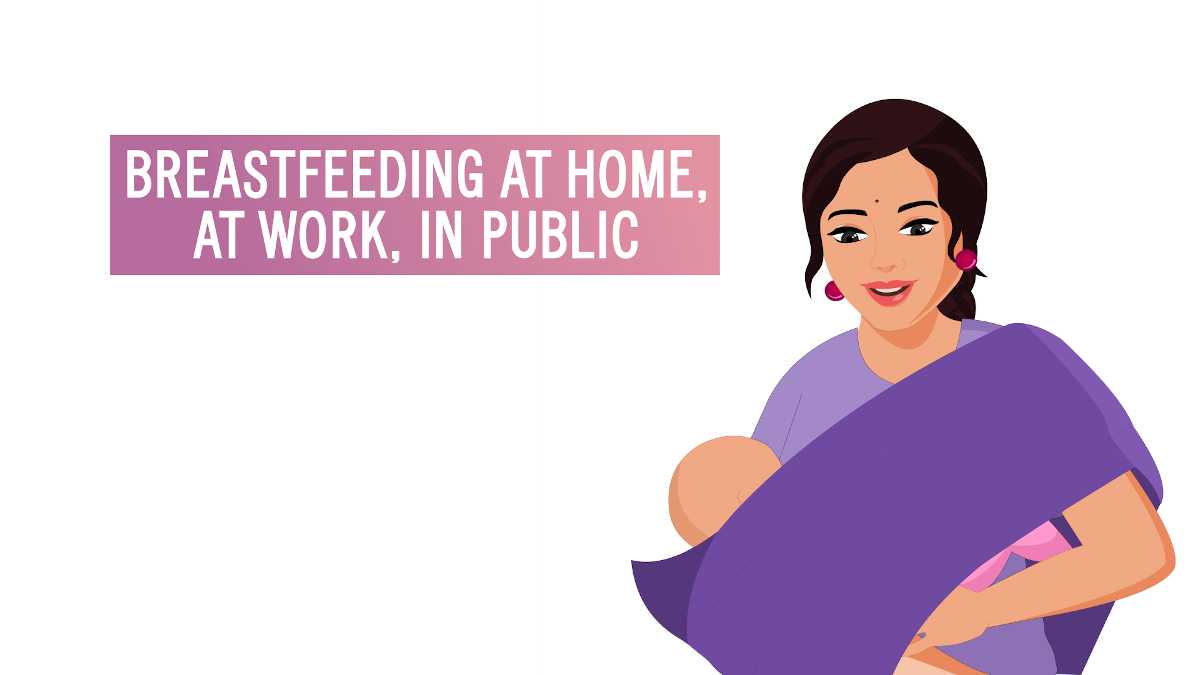Women need to learn the knack of it, especially first-time mothers.
While you are going to be nursing your baby for the first time, the baby will have any meal for the first time. While you will need some time to adjust to nursing, the baby will need some time to get the hang of nursing at the breast. More often than not, breastfeeding feels tougher in the initial few weeks post-delivery. With time, patience, support, and efforts, both the mother and the baby get adjusted to this routine.
How to get started?
Current recommendations state that immediately post-birth, the baby should be placed skin-to-skin with the mother. This is to enable initiation of breastfeeding within one hour of birth known as the breast crawl. Breastfeeding is smooth and painless for both the mother and the baby if the baby latches on to the breast correctly.
Though most babies know how to suckle naturally, sometimes the mother and the baby need help from their health care team and a lactation professional to get off to a good start.

Problems that you may face during breastfeeding
While there are no particular set of problems that you or the baby may face, there are some general and common problems that may arise in the early days of breastfeeding:
- The baby finds it challenging to get a deep latch or to remain attached to the breast
- The positioning may not be comfortable for the mother or the baby
- The baby may be too sleepy to make an effort and suckle at the breasts
- Even after proper attachment and suckling, the baby may not get adequate milk
It is only natural to give the process some time for both you and the baby to get used to it. The correct position is when:
- The maximum areola(black part) is inside the baby’s mouth-especially the lower areola
- The baby’s mouth is wide open
- The lower lip is curled out
- Chin is touching the breast
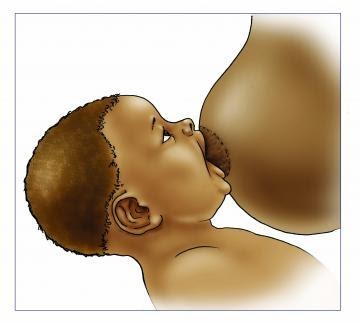

How to hold your baby while nursing?
There is no single rule that applies while positioning your baby to feed him/her. A few simple ways to hold the baby when nursing are:
- The football/clutch hold – Place a pillow at breast level along the mother’s side. Place the infant on this pillow, turn him towards the mother, with his hips flexed. The mother’s hand is at the base of the infant’s head. This is a comfortable position for both the mom and the baby, especially if the birth has been by cesarean section. It is also useful to feed twins simultaneously.
- The cradle/Madonna hold – The infant lies across the mother’s forearm; on the side, the mother will use for breastfeeding. The infant’s head is either in the bend of the mother’s elbow or midway down the forearm.
- Side-Lying – Lie down on your side with your baby next to you, with his mouth next to or slightly lower than your nipples. Circle your other arm around him while guiding his head toward your breast.
- Cross cradle hold: The infant lies across the mother’s forearm opposite from the breast being used for feeding. The head is kept just below the ears at the nape of the neck.
- Laidback/Biological nurturing position: Mother’s back is well supported in a bed or recliner (not flat but comfortably leaning back). The infant’s body rests entirely on the mother, with the cheek near the breast and the baby’s chest to the mother’s chest
Breastfeeding a newborn
Whenever your baby coos with hunger or shows other early feeding cues, guide him to your breasts to suckle. Crying is the final sign of hunger, so don’t wait too long. If your milk supply is a little low than needed, do not worry. The constant suckling will help your supply kick in due to the stimulation of hormones oxytocin and prolactin. Each nursing session may last anywhere between 5 to 45 minutes. The baby is likely to nurse at each breast for a minimum of 20 minutes to a maximum of 40 minutes. Watch for signs of milk transfer, such as broad jaw movements and gulping.
Sometimes, you may feel that your breasts have hardened. It becomes difficult for the baby to nurse on a hardened breast. Some easy ways to ensure that this does not happen are:
- Take a warm shower
- Lean forward and do gentle hand massage.
- Express some milk manually or through a pump before the baby latches on
- Use cold cabbage leaves or ice packs to subside any pain if experienced and relieve the engorgement.
Learning how to breastfeed is a continuous process and needs some getting used to by both the mother and the baby.
Special Thanks to Dr. Manisha Gogri (MBBS, IBCLC) for the expert advice.


